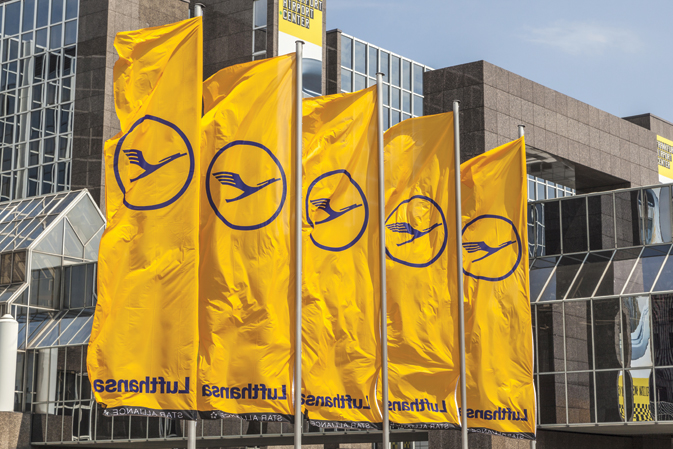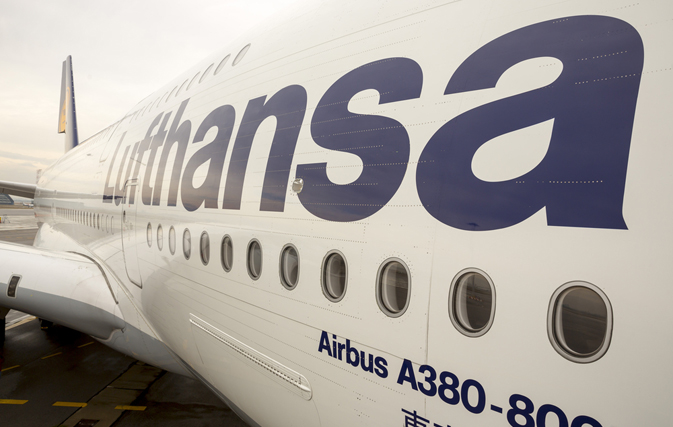This story originally ran in the March 23rd, 2017 issue of Travelweek magazine. Canadian travel agents and industry professionals can subscribe for free here.
TORONTO — Just a few years ago GDSs were being written off as a booking solution from another era, one that was on its way out as technology transformed the travel industry at warp speed. Sound familiar? Travel agents know the script all too well.
Of course, that’s not how things are turning out. Not for the retail travel trade, now enjoying boom times as the consumer media trumpets the comeback of the travel agent. And not for the GDSs, riding high on increased revenues, diversified product and travel agency booking volumes.
Sabre’s 2016 revenue was up 13.9%. Travelport, parent company of Galileo and Worldspan, posted a 6% revenue increase, to $3.1 billion. Amadeus’ parent company saw a 14% increase in revenue for 2016, to $6.4 billion.
Total travel agency air bookings for Amadeus were up 5.9% in 2016, to 534.9 million.
Back in 2015, when Lufthansa implemented a 16 euro per booking surcharge on travel purchased anywhere other than its websites, service centres and airport ticket counters, it was seen as a direct hit on GDSs. “This is not a negotiating tactic. Sometimes disruptive change is necessary,” said Lufthansa’s Heike Birlenbach, then VP for Sales & Service in Europe.
Two months after Lufthansa’s surcharge came into effect, some 42% of business travel agencies said they had cut back on booking the Lufthansa Group.
Many in the industry thought Lufthansa’s move would create a domino effect among airlines looking to cut distribution costs. And in fact an IATA poll in summer 2015 showed that 96 of 120 IATA airlines approved of Lufthansa’s surcharge tactic. None however were prepared to follow suit, especially since many of the carriers were locked into full-content agreements with GDSs.
Now these full-content agreements have become major selling points for GDSs looking to gain crucial global market share with travel agencies.
“Agents want to make sure they have the exact same content as the airlines,” said Scott Alvis, CMO for Amadeus North America. That includes fare families and ancillaries, everything from seat upgrades to extra bags to meals. Close to 80% of all airlines in the Amadeus system have ancillary products, and Amadeus has some 440 carriers in its platform.

Lufthansa’s 16 euro surcharge was seen as a direct hit on GDSs when it was introduced in September 2015. Lufthansa CEO Carsten Spohr says the surcharge has been a major win for the Lufthansa Group, saying last week that he would be “very surprised” if other airlines don’t bring in similar surcharges of their own.
“We want our Points-of-Sale to serve that traveller as best as possible. We want to make sure we’ve got all that ancillary content, all the fare family content, available to the travel agents,” said Alvis. Amadeus signed its full-content agreement with Air Canada two years ago and earlier this month added Air Canada’s Preferred and Advance paid seat offerings. It’s also powering Air Canada’s consumer booking site at aircanada.com.
In an era of cost-cutting and streamlined distribution solutions, GDSs have had to prove their worth to airlines and other suppliers looking to drastically reduce expenses. In 2011, calling GDSs “too clunky”, IATA said it was working on a solution to keep the industry up-to-date with online retailers, and to revolutionize distribution. That solution became the New Distribution Capability (NDC). More and more airlines have come onboard with NDC at the same time as retail travel groups have been vocal about reminding IATA that the travel agency distribution channel books 60% of airline tickets worldwide, largely through GDSs.
The GDS is here to stay, argues Alvis. “It’s still the best place for an agency to get all the content, and shop all the content. And it’s the most profitable and efficient platform for someone to run a travel agency on.”
There’s a lot of investment going into GDS platforms to help create a more intelligent shopping process, to help the travel agent more quickly identify the best offer for that customer and close offers as quickly as possible, adds Alvis.
Specifically, millions of dollars are going into developing point-and-click graphical interfaces for GDS users – in other words, alternatives to the GDS ‘green screen’. Not that the green screen is going anywhere soon. The green screen isn’t pretty, but it works, and experienced travel agents know it like the back of their hand. “Many of our agencies who have been on that platform for years, they like working in the green screen because it’s very efficient for them, more so than the mouse point-and-click,” said Alvis.
But the green screen is “evolving”. “From a GDS perspective, there are things you can do with graphical interfaces that you can’t do in the green screen”, like proximity searches and mapping. Then there’s the training requirement to work in the green screen. “The experience level that’s required for someone to work in the green screen, it takes a while to get proficient.”
What travel agencies are really looking for these days are travel agents who can sell. “They want to hire counsellors who are customer service focused, who know how to sell and close business. They don’t want to worry if they know how to work in the green screen. We need people who can sell, serve and close business. That’s where our platforms are headed right now.”
Whether they prefer to work in a green screen environment or point-and-click, agents have a good specialization where they can offer the kind of expertise that travellers are looking for, says Alvis.
“Agencies are small business owners and they are extremely innovative and entrepreneurial. They adjusted their markets effectively. Most of them have found their niche. They provide fantastic personalized service to customers.”
Many travel agents have become great marketers, particularly on the social media platforms, he adds. “They are thriving in an age where travellers want unique experiences,” particularly Millennials.
“Customers want differentiated experiences now and they know they need to go talk to the experts to get that. People want unique experiences. And frankly, they’re frustrated. People go to typically 20 websites [when researching and booking travel]. They’re not sure they’re finding the type of experience they want. And if they go to a professional they know they’re going to get a customized, personalized travel offering.”
And if Sabre, Amadeus and Travelport have their way, agents will be booking that travel offering on a GDS.

